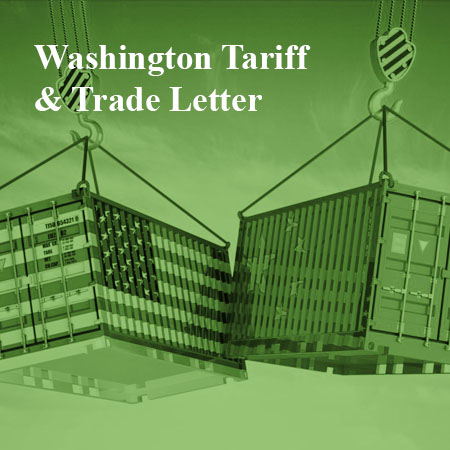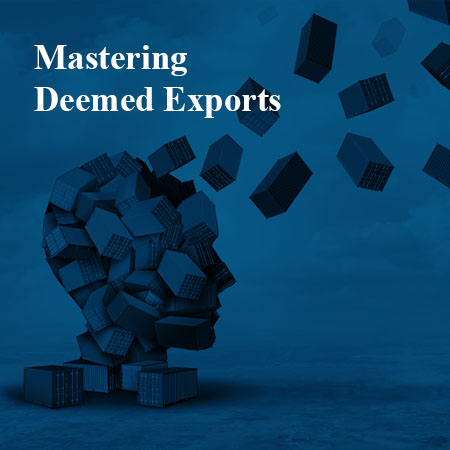Compliance Overlap: The Importance of Understanding
June 23, 2021
(The Exporting Source) by Blake Gill *
There are times when I hear a person with a company make a comment that disregards a set of regulations, seemingly to say only the Export Administration Regulations apply to that business. Maybe it is a common misconception. Potentially it is a one-off misunderstanding. Certainly, it is a mistake! The State Department added Russia to the 22 CFR §126.1 list which prohibited exports, imports, and sales to or from certain countries. Some people who live in the EAR and do not normally deal with ITAR products may not have noticed this change, and the lack of awareness could be damaging to the company and their customers. The EAR has a note within Supplement 1 Part 740 that states if a country is added to the ITAR 126.1, the country is then recognized as a country group D:5 country, “U.S. Arms Embargoed Countries”. This change could easily go unnoticed if a compliance professional does not pay attention to updates in all the regulations applicable to trade since the country list is not actively updated with an “x” to indicate this change.
So, what are the implications of this change? Well, it depends on what business you are in. Without applying the change to a specific business and a surface level review we can agree the change will affect de minimis calculations dramatically. As a D:5 country, now the de minimis threshold for certain controlled items is 0%; Essentially making any foreign made item, incorporating these U.S. origin-controlled components, also controlled under the United States jurisdiction.
For example: We have a U.S.-made widget that is 9A515.e.1 controlled being sold and shipped to a customer in Italy. The customer in Italy incorporates that 9A515.e.1 widget into their product for use as a power management device on a civilian satellite. With these new regulation changes, no matter the fair market value and de minimis calculation for this Italian-made good, it will require a license from BIS to be shipped from Italy to Russia.
We get a very surface-level taste of how far reaching these changes can be. Therefore as trade compliance professionals, we need to watch all applicable regulations and ensure we dedicate time and resources to continuing education. Lastly, when in doubt, ASK! any resources and consulting professionals are always willing to help.
* Blake Gill is an experienced International Trade Compliance professional with a demonstrated history of work in the technology industry. He has many years of experience working with export control, customer screening and item classification over a wide variety of products. Additionally, Blake has performed the duties of Empowered Official at multiple international companies.
Welcome to the Exporting Source
Your one-stop resource for finding help to export to new customers, to learn about government export programs, to join export-promoting trade missions, to sign up for trade conferences and training, and to link to other exporting services. Whether you're an old hand at exporting or just getting started, the Exporting Source provides a place to locate foreign customers, export financing and foreign investment assistance.

The Export Practitioner
Providing readers with expert reports on changes to U.S. export licensing rules, enforcement policies and regulations for defense and dual-use products and technology.

Washington Tariff & Trade Letter
Providing exclusive, behind-the-scenes news and analysis every week of U.S. trade policies, regulations and legislation, export controls, trade sanctions, and enforcement of antidumping and countervailing duty laws.

Mastering Deemed Exports
An invaluable video training tool that helps exporters, universities and research laboratories alert all employees to the potential fines and legal sanctions that can come from violating EAR and ITAR restrictions on giving certain foreign nationals access to controlled U.S. technology.